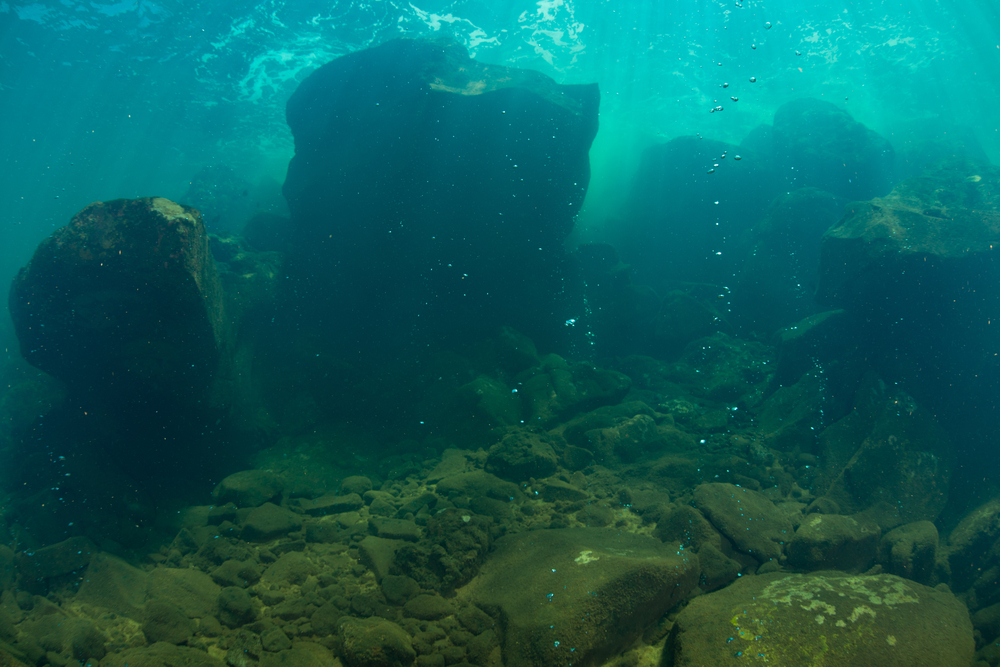Now Reading: Axial Seamount Volcano May Erupt in 2025, Boosting Marine Ecosystems
-
01
Axial Seamount Volcano May Erupt in 2025, Boosting Marine Ecosystems
Axial Seamount Volcano May Erupt in 2025, Boosting Marine Ecosystems

Swift Summary
- Axial Seamount Eruption: Axial Seamount, an underwater volcano off the coast of Oregon, U.S., is likely to erupt again by the end of 2025. Situated about 5,000 feet below the ocean’s surface, its eruptions are not expected to affect life above or cause hazards like tsunamis or earthquakes.
- Impact on Marine Life: Hydrothermal vents created by volcanic activity support a diverse ecosystem far beneath the ocean’s surface. Organisms such as microbes, tube worms, crabs, mollusks, sea anemones, sea stars and octopi thrive in this unique environment but must adapt to frequent changes caused by eruptions.
- Volcano Monitoring: Axial seamount is monitored through technology provided by initiatives like Oregon State University and the Ocean Observation Initiative Regional Cabled Array network.
- Scientific Importance: Researchers use Axial’s regular eruptions as a “natural laboratory” for studying volcanic behavior without posing risks to human populations.
Indian Opinion Analysis
Axial Seamount’s eruption provides valuable data about underwater volcanic systems and their ecological impacts. For India-home to vulnerable coastal ecosystems-it highlights how natural events contribute both challenges and opportunities in marine biodiversity management. India’s coastline hosts rich habitats like coral reefs that face threats from similar disturbances (e.g., warming waters), making research into adaptive mechanisms showcased here relevant for conservation efforts back home.
Additionally,advancements such as Axial monitoring underscore how technologies can enable safer study environments without causing harm. By investing in comparable scientific tools domestically-such as undersea monitoring systems-India could further strengthen its capabilities for disaster prediction around regions prone to seismic activities (e.g.,Andaman & Nicobar Islands).






















